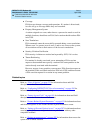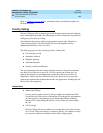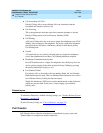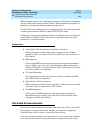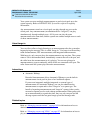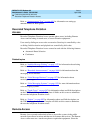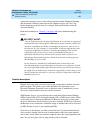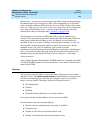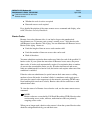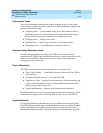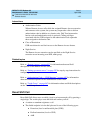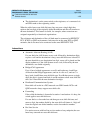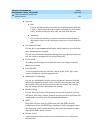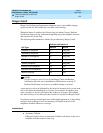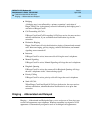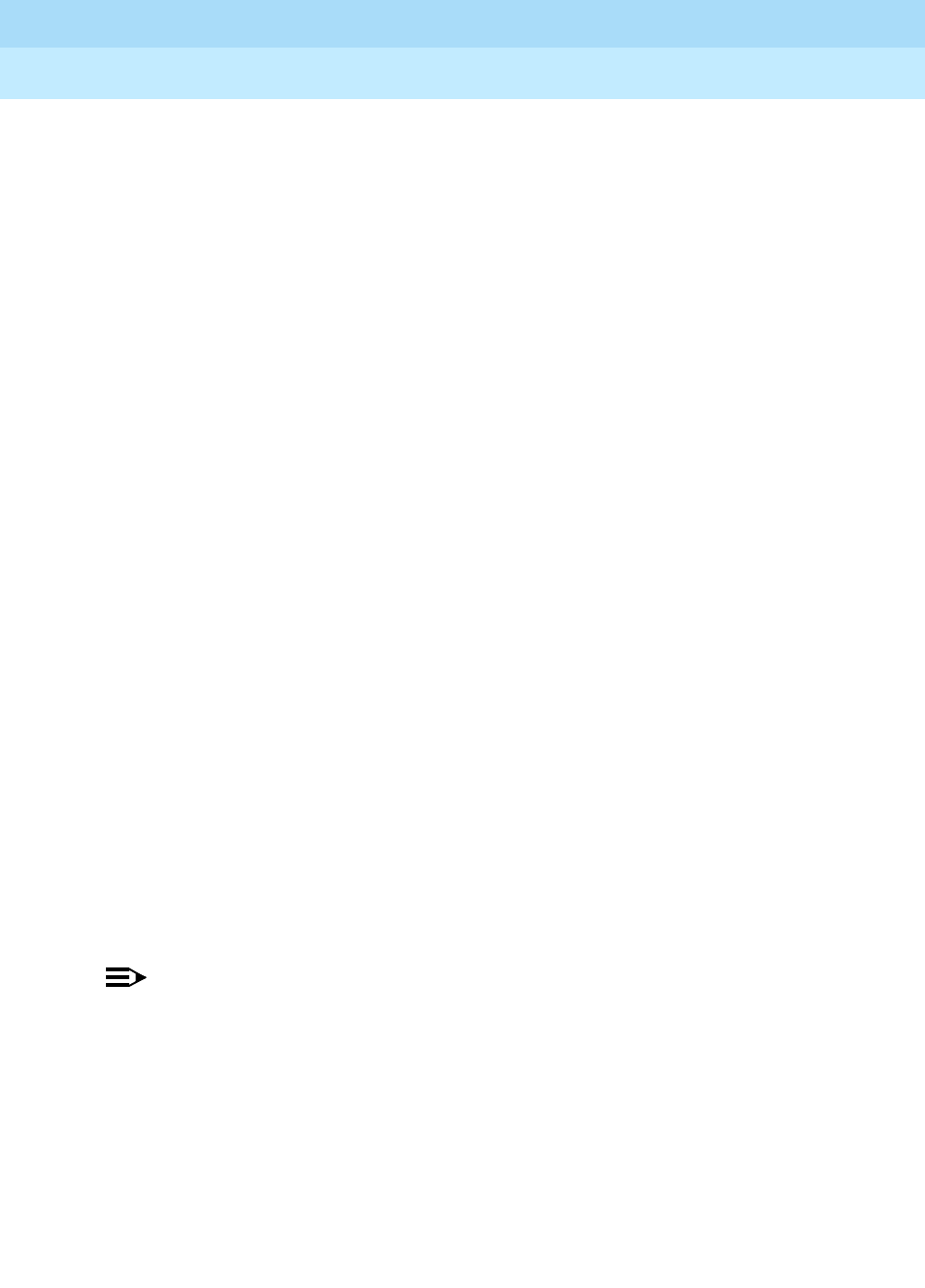
DEFINITY ECS Release 8.2
Administrator’s Guide
555-233-506
Issue 1
April 2000
Features and technical reference
1469Remote Access
20
■ Whether the code is active or expired
■ Date and reason a code expired
For a detailed description of the status remote-access command and display, refer
to BCS Products Security Handbook.
Barrier Codes
Remote Access has inherent risks; it can lead to large-scale unauthorized
long-distance use. To increase your system’s security, use a 7-digit barrier code
with Remote Access Barrier Code Aging. You can administer the Remote Access
Barrier Code Aging feature to:
■ Limit the length of time an access code remains valid
■ Limit the number of times an access code can be used
■ Both of the above
You must administer expiration dates and access limits for each of the possible 10
barrier codes. If your system has more than 10 Remote Access users, they must
share codes. A barrier code automatically expires if an expiration date or number
of accesses has exceeded the limits you set. If both a time interval and access
limits are administered for a barrier code, the barrier code expires when one of the
conditions is satisfied.
If barrier codes are administered, a special answer-back tone causes a calling
modem to leave dial mode. A modem’s dialer is sometimes used to gain access
(this tone also cancels echo suppressors in the network, preventing DTMF tones
from breaking dial tone from a switch). Barrier codes can be used alone or with
authorization codes.
To view the status of a Remote Access barrier code, use the status remote-access
command.
NOTE:
Barrier codes are not tracked by Call Detail Recording (CDR). Barrier codes
are incoming access codes, whereas, authorization codes are primarily
outgoing access codes.
When you no longer need a barrier code, remove it from the system. Barrier codes
should be safeguarded both by you and their users.



